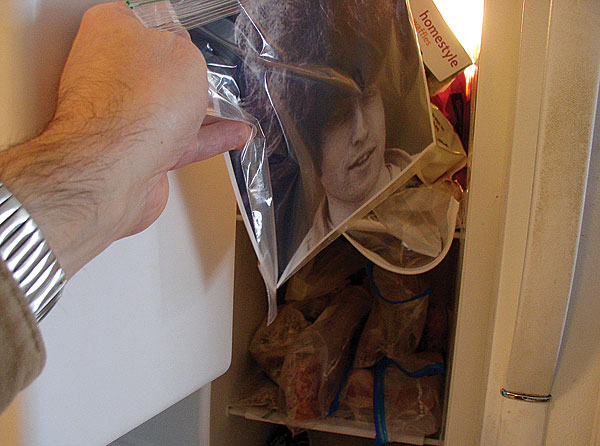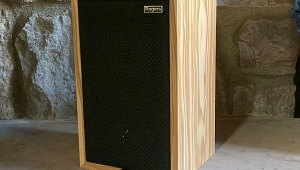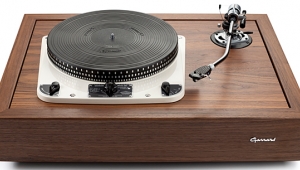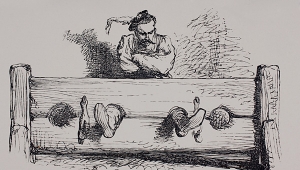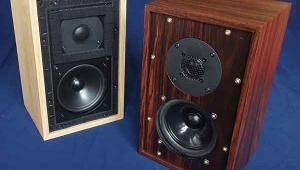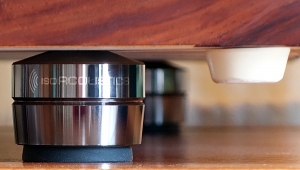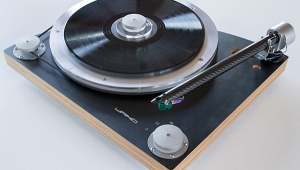| Columns Retired Columns & Blogs |
Art-
It seems to me that your list includes both tweaks as well as rationally understandable accessories/tools and a couple that fall in between. Why would you put record cleaning devices in there? I would think they are essential.
